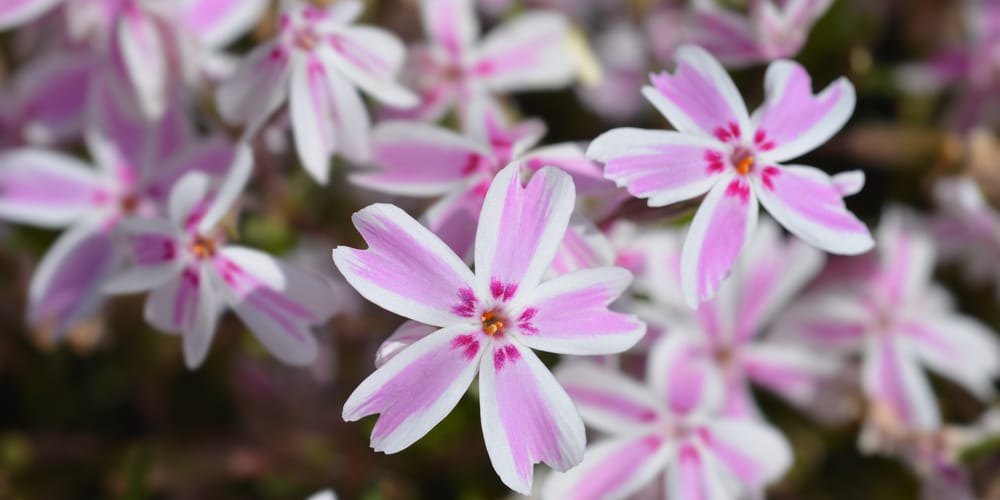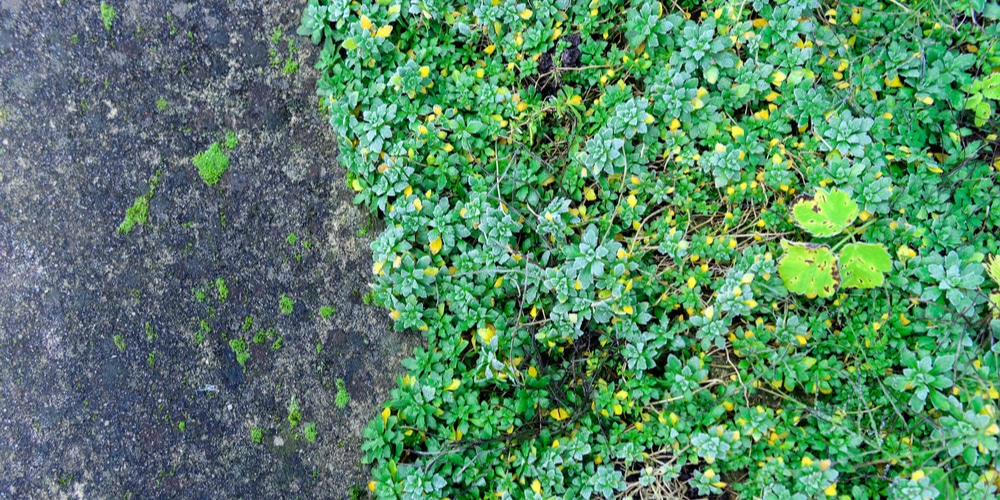If you are looking for a gorgeous ground cover for your garden, creeping phlox might be your best option. You may be wondering, ‘can creeping phlox grow in shade?’
This low-growing (and low-maintenance) plant is versatile and adapts to various weather conditions. Under optimal growing environments, this plant blooms in late spring to early summer.
It produces masses of colorful and fragrant star-shaped flowers that will attract plenty of beneficial pollinators to your garden, including hummingbirds, bees, and butterflies.
Ideally, plant your phlox under the direct sun: it will give you the best blooms. But what if you can’t offer full sunlight to your plants? In essence, can creeping phlox grow in the shade?
You are in the right place to find a definitive answer to this question! Keep reading to explore whether you can plant your creeping phlox in a shady corner of your garden and what you should do to enjoy your plant to the fullest!
Growing Creeping Phlox in The Shade: Is It Possible?
Let’s go straight to the core of the question: can creeping phlox grow in shade?
Creeping phlox tolerates partial shade. But saying that it will “survive” with little lighting doesn’t mean it will thrive.
Indeed, too little lighting might impede flower production. And not being able to enjoy your creeping phlox’s blooming can be disappointing.
After all, even if phlox’s foliage might be attractive, without its blooms, creeping phlox isn’t different from other similar low-growing species.
Instead, you will get the best flower display by planting your creeping phlox under the partial sun (or full sun, depending on your region). For instance, if you live in a hot part of the country, you might get stunning results by locating your creeping phlox in full morning sun and afternoon shade.
Planting your phlox in a location that receives full shade will likely give you no flowers. If you can’t offer adequate lighting to your plant, we recommend you pick another species (or another phlox variety, such as the woodland phlox, which tolerates shade better).
What Should You Pay Attention to When Growing Creeping Phlox?
Besides knowing the ideal location for your creeping phlox, to have it thrive (especially under partial shade), you must ensure your plant gets what it needs to be healthy.
For instance, soil conditions are crucial in the health of your phlox. These plants love well-draining substrates and won’t do well in clay or compact environments.
Consider adding a thick layer of mulch around your plants to improve the ground’s texture and tilt it to reduce compaction and improve aeration.
Keep your plant moist but not soggy. The amount of water you should feed your plants depends on your weather conditions. For instance, those living in hot and dry areas will have to increase watering frequency. While people living in colder regions, where summers are mild and rainy, might not have to worry too much about water.
Creeping phlox tolerates drought but doesn’t do well in soggy conditions. Too much water might make your plant susceptible to fungal infections and deadly diseases, such as powdery mildew. Keep that in mind before adding extra water to your plants.
Additionally, we recommend you add compost or manure around your plants. Doing so will improve the nutrient content of the soil, boost your creeping phlox’s growth, and make the ground more welcoming to these plants. If you can, avoid using synthetic fertilizers.
Common Problems of Growing Creeping Phlox in the Shade
As we mentioned, your creeping phlox might survive even in the shade. However, inadequate lighting might make your plant unhealthy. For instance, you may not be able to enjoy its blooms.
But more importantly, too much shade might make your plant more susceptible to fungal infections and powdery mildew, especially if the soil conditions aren’t optimal.
Don’t forget to ensure your plant has adequate airflow. Trim its edges if necessary, or prune it lightly to prevent overgrowth.
Also, when watering your plant, always do so from the soil: avoid wetting your creeping phlox’s leaves. Wet leaves might attract powdery mildew and make your plant more susceptible to infection.
If you notice something off with your plant, inspect it. If you see a layer of white powder on it, you must act quickly. Eliminate the affected branches and leaves and purchase a powdery mildew treatment.
Can creeping phlox grow in shade: Final thoughts
If your plant looks unhappy, you might have to change its location. Move it to a different part of your yard and ensure it receives at least 3 to 6 hours of sunlight every day.
Related Article: Creeping Phlox in Winter

